All about cyclamen
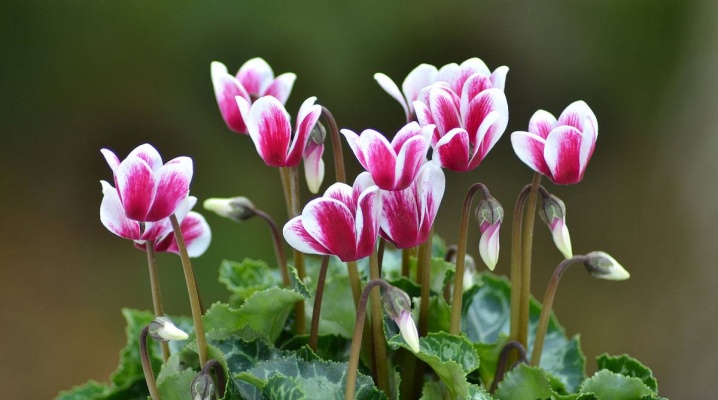
Cyclamen is one of those rare indoor plants that bloom in winter. Outside the window there is frost and a snow-white monotonous dreary canvas of snow, and on your windowsill you have a bright and fragrant flower that reminds of summer. Moreover, all this splendor can be enjoyed for 3.5 months. However, cyclamen is considered capricious and difficult to grow indoors. Therefore, you need to know how to maintain it and properly care for it. We will talk about this in the article, as well as about what types of cyclamen exist, how to propagate it and treat it for possible diseases.
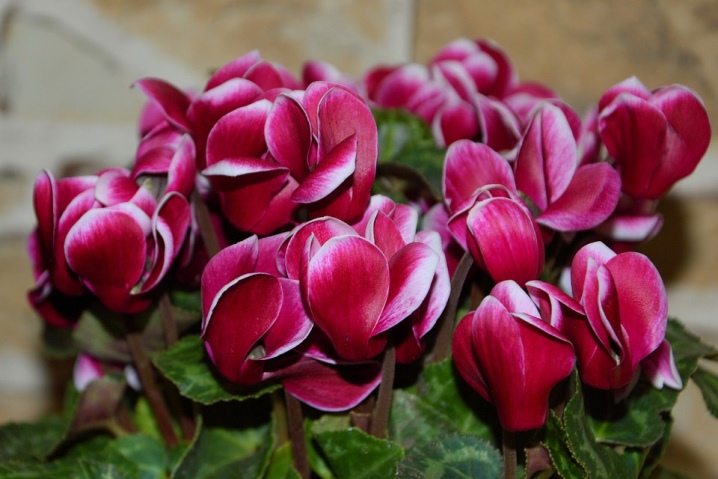
Description
Cyclamen is a perennial plant of the Primrose family. He is also called the grubby, or by a more romantic name - alpine violet.
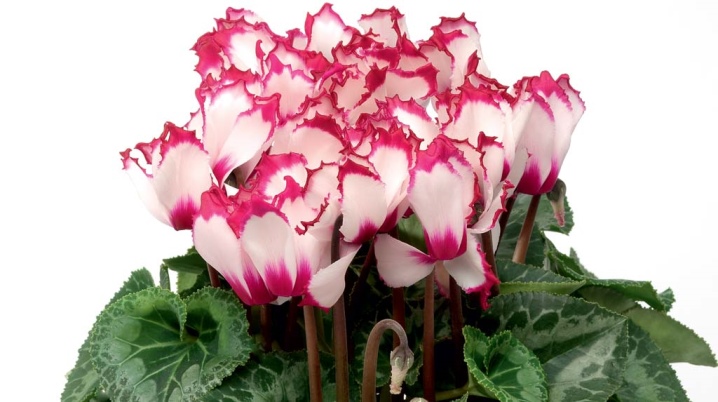
In nature, cyclamen grows in the Mediterranean countries and in the east of the African continent. Spain is considered the birthplace of the flower. In Russia, in open spaces, it is found mainly in the Krasnodar Territory.
The cyclamen root system is small. It is represented by a dark brown, rounded, slightly flattened tuber with a so-called growth point at the top, damage to which can lead to the death of the entire plant. The bulb can be up to 15 cm in diameter.

Quite wide leaves on long petioles are heart-shaped. They are located in the root zone and are painted in a dark green color, which is diluted with silvery ornaments.
The flowers, reaching up to 8 cm in diameter, sit on tall peduncles, which raise them high above the leaves. Petals can be of the most bizarre shapes and textures. Their color scheme is also very diverse: depending on the type and variety, the buds are white, pink, any shade of red up to burgundy, lilac and purple, there are also 2-color varieties.

There are 3 periods of cyclamen life: flowering, which occurs mainly in the winter months, although it can begin in October and continue until mid-spring. In the summer, as a rule, the plant rests, it has a dormant period, and in the fall it wakes up and begins to grow. Subject to all the intricacies of care and maintenance, the alpine violet lives for over 10 years, giving flowers every year.
Despite its attractive appearance, cyclamen is a dangerous plant, as it contains poison. Therefore, when working with it, it is necessary to wear gloves, and the flower itself should be placed where small children and pets cannot reach it. However, due to the fact that cyclamen is poisonous, it is actively used in medicine in the production of medicines.
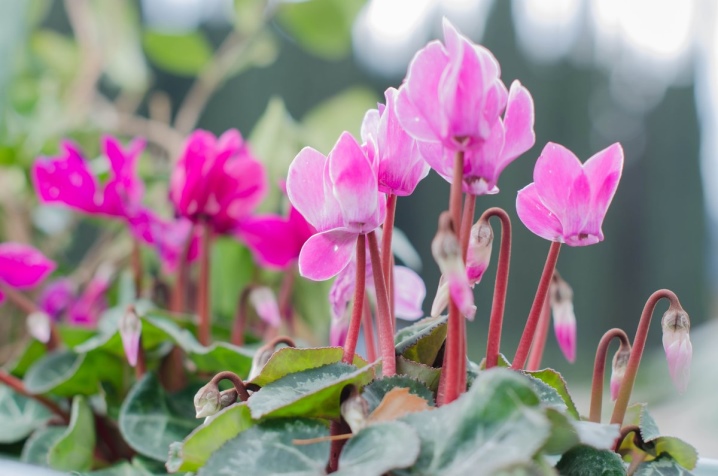
Types and varieties
Today there are more than 50 species of cyclamen, both wild and obtained as a result of selection. Of these, about 20 varieties are used for indoor breeding. The most popular ones are Persian and European (or purple).
Persian cyclamen one of the largest. It has wavy flowers up to 5 cm in diameter, which sit on a tall peduncle that grows up to 30 cm in length. The color of the petals is varied: from snow-white to lilac and purple, but only pink and dark red are found in nature. It blooms from late autumn to early spring.
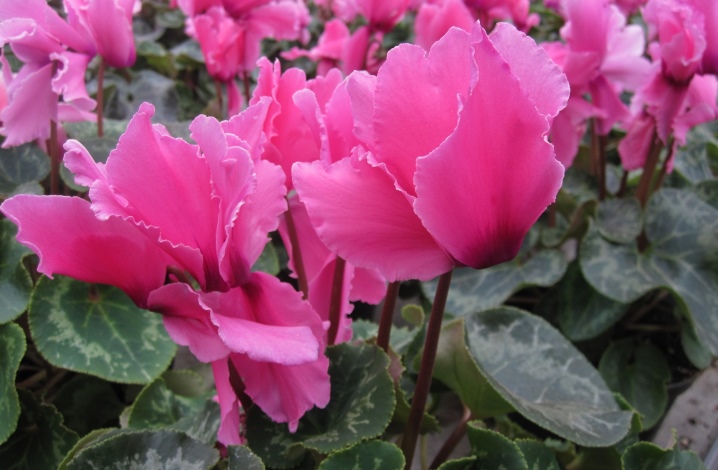
A Persian cyclamen is much easier to acquire than a European one. Of all its varieties, terry varieties are the most loved and popular among flower growers.
Have European cyclamen smaller flowers - 2, at most - 3 cm in diameter. Most often they are white or pale pink. The petals are rounded, widening towards the ends. The height of the peduncle is 2 times lower than that of the Persian, and is only 15 cm. In addition, it is very thin and fragile, therefore, you should rearrange the flower and perform various manipulations with it very carefully so that the peduncle does not bend or break. Also, the European cyclamen has a delicate pleasant aroma. It differs from other species in that it never throws off leaves, even during a dormant period. Blooms in summer.
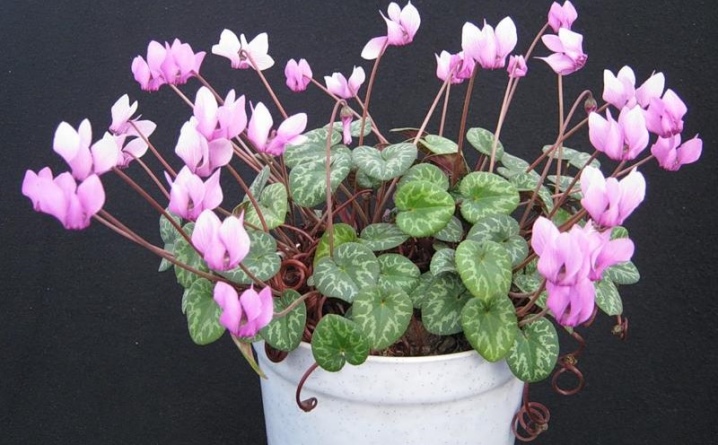
On the basis of the European and Persian cyclamens, many hybrid varieties have been bred. Of these, it is worth noting cyclamen mix Is a hybrid that is a mixture of several varieties obtained from the above species.
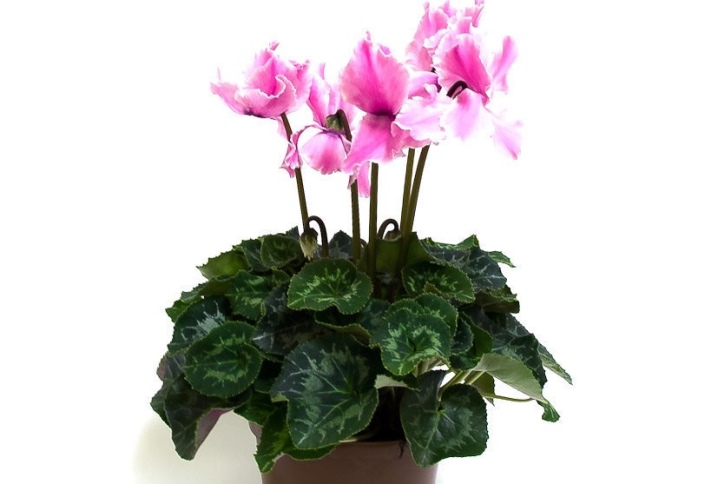
The following 2 types of cyclamen are also one of the most famous and common, but they are not intended for indoor breeding.
Ivy (or neapolitan)
It owes its name to the jagged leaves along the edges, which look like ivy leaves. It grows in Turkey, as well as in South-Western Europe, where, due to its unpretentious care, it is actively used to decorate park areas. It is considered one of the most frost-resistant species, but not very suitable for breeding in the territory of Russia in the open field.
The flowering period falls on the end of summer - the beginning of autumn, when white or pink delicate flowers with a purple tint bloom on the cyclamen.
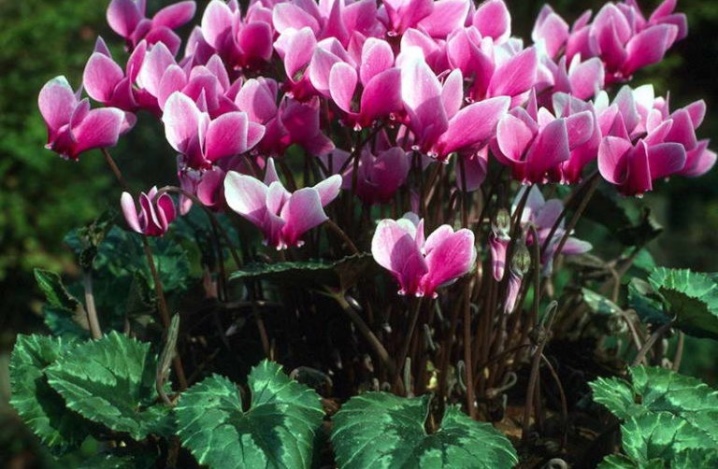
Kosky
The name comes from the island of Kos, located in the Aegean Sea - the birthplace of this species. The Kosky cyclamen also grows in Turkey, Bulgaria, the Middle East, in the Caucasus mountains and in the Crimea. Flowers appear in late winter and last until early spring. The petals can be white, pink, lilac, red, depending on the area in which the cyclamen grows. But at the base, they always have a darker and more saturated shade.
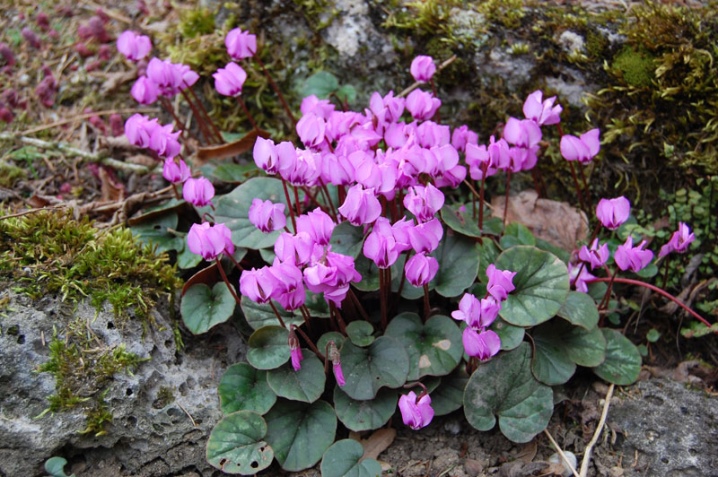
All cyclamens, depending on the height of the peduncle, can be divided into 3 groups:
- mini (low) - do not exceed 15 cm in height, but they have large and very fragrant flowers;
- midi (medium) - grow up to 25 cm;
- maxi (standard) - their height is 30 cm.
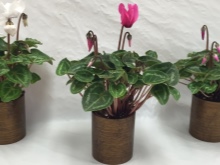
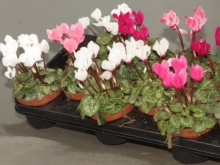
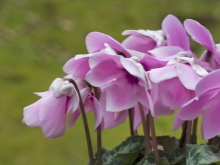
How to grow?
In order for the cyclamen to live for a long time in a room setting and bloom regularly, it must provide certain conditions.
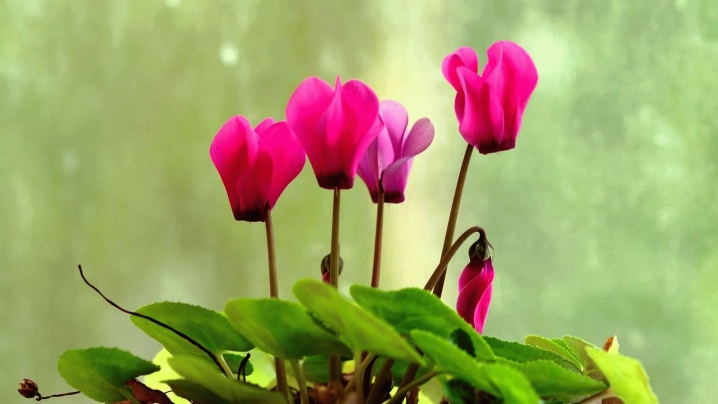
Lighting
Cyclamen is photophilous and needs a sufficient amount of sun, especially during the growing season and flowering. However, direct sunlight is destructive for him, so you cannot put a flower pot on a windowsill facing south. But if there are no other options, then you need to create an artificial shadow for him. Cyclamen will feel best on the east or west side - there he will receive a sufficient portion of the sun, but without the risk of getting burned. A flower should not be placed in the northern zone - it will lack light.
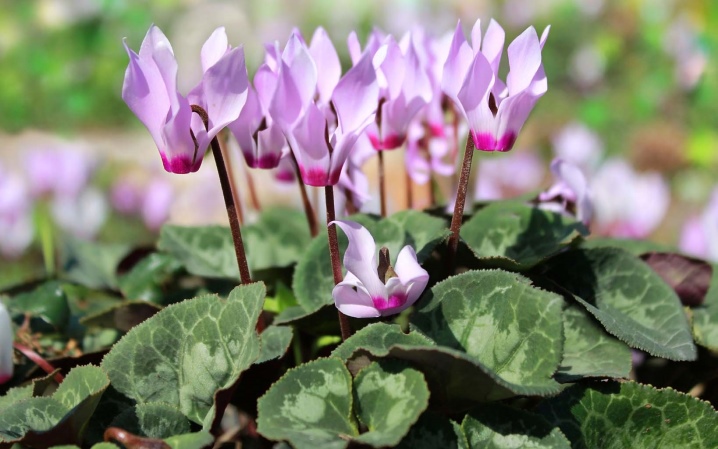
Temperature regime
The most optimal temperature for cyclamen in the flowering phase is 12-14 degrees. At a higher one, it may not bloom and its leaves will begin to fall off. In summer, when, as a rule, the alpine violet is “resting”, the temperature can be raised to 20 degrees, but at the same time, good humidity can be provided. However, the threshold of 25 degrees must not be exceeded, otherwise the cyclamen may hibernate or even die.
It is strictly forbidden to put the plant next to batteries and heating devices.
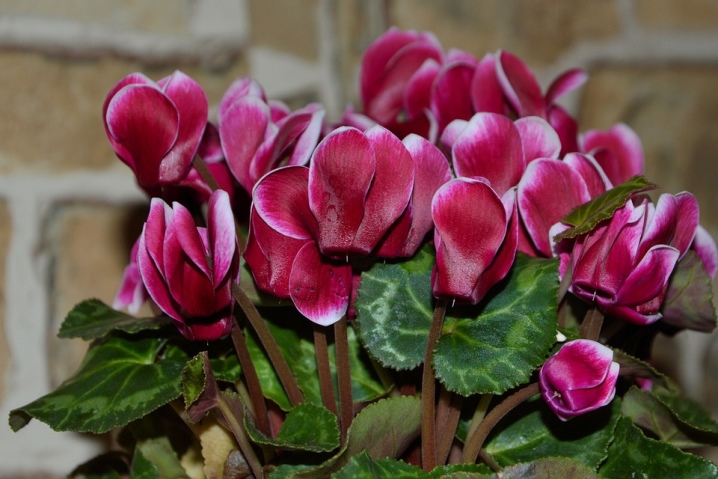
Humidity
Cyclamens need high air humidity for productive growth and flowering. Since their wild cousins live in a humid climate, similar conditions must be provided for domestic alpine violets.
It is not recommended to spray the plant, especially during the period when the buds have already set, otherwise they will not bloom. You can use a spray bottle only at the stage of leaf formation.
To increase the moisture level, it is best to place the flower pot in a tray filled with wet pebbles or expanded clay. Additionally, you can surround the cyclamen with open containers of water.
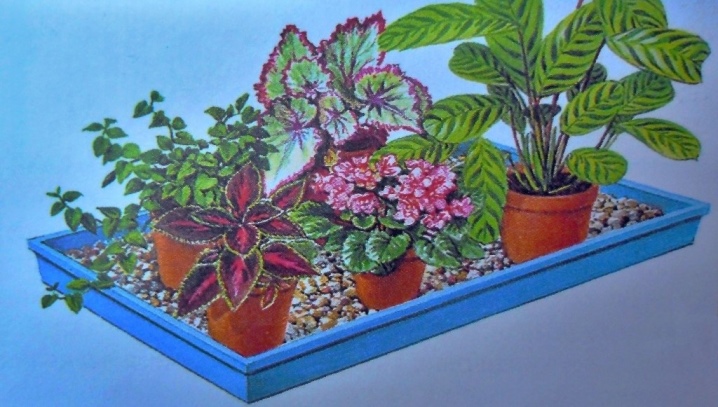
Soil selection
The soil for cyclamen should be sufficiently nutritious, with good water and air permeability and an acidity level of no more than 6 pH. It can be purchased ready-made. It is better to buy a substrate intended directly for planting cyclamen. But the soil is also suitable for any flowering plants.
If you want to independently prepare the soil for the alpine violet, then the following ingredients should be included in it: leafy earth, sand, peat and humus. They must be mixed in equal parts. The last component can be replaced with sod. Before placing the flower in the resulting substrate, it is recommended to disinfect it with potassium permanganate, steam, boiling water or cold.
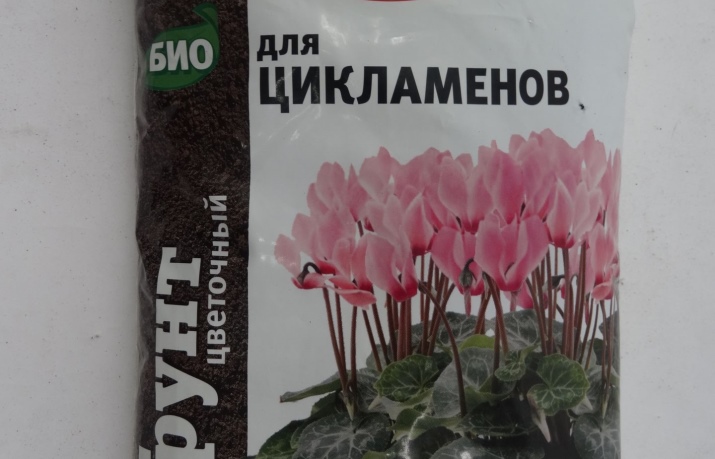

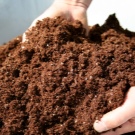
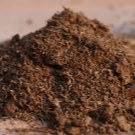
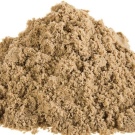
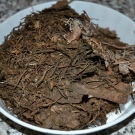
Planting and transplanting
It is necessary to transplant cyclamen on average 1 time in 2-3 years. Young plants, due to their active growth, require more frequent soil and pot changes. Mature specimens can do this procedure less frequently.
It is better to transplant cyclamen either after the end of the active phase, when the plant has bloomed and is preparing for sleep, or after the end of the dormant period, when the first leaves appear.
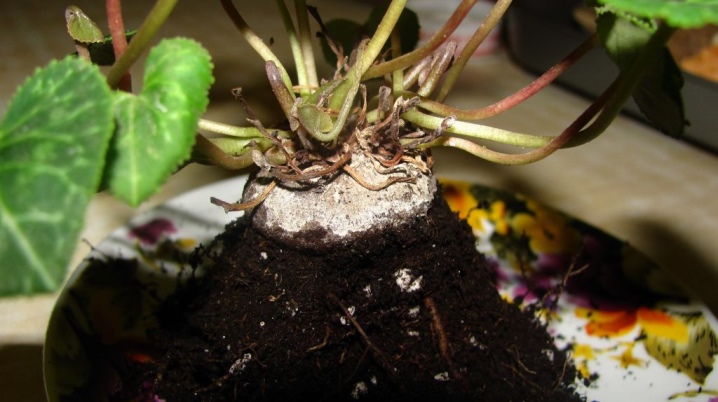
But in no case should you do this at a time when the plant is actively blooming!
The pot for transplanting should be small, but be sure to exceed the size of the one in which the plant was previously.
It is also advised to transplant cyclamen immediately after purchase, since the storey soil is often not very high quality. However, if you bought a plant that is currently blooming, then wait until all the petals fall off.
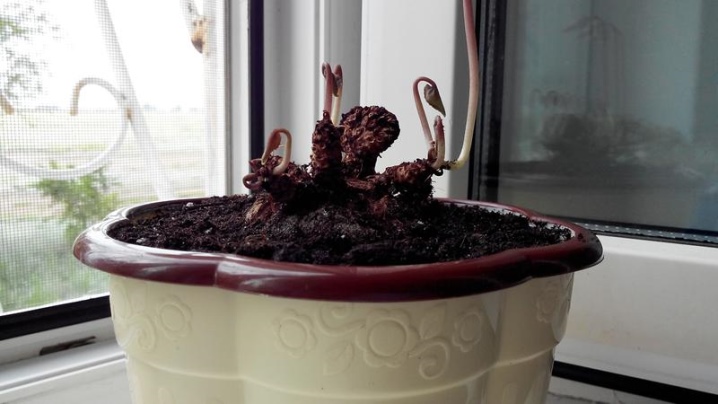
How to plant a cyclamen:
- dig a flower out of a pot;
- cut off rotten and affected roots, then lubricate the cut with brilliant green or sprinkle with activated carbon;
- put drainage on the bottom of the new pot, as which you can use expanded clay or small pebbles;
- put prepared or purchased soil on top of the drainage;
- plant a flower in the soil so that part of the tuber is above the ground (this is especially necessary for the Persian cyclamen);
- put the transplanted flower in a bright place.

After 1 month, the plant must be fed by adding mineral fertilizer.
Top dressing
Fertilizer is given to cyclamen during the flowering period - in autumn and winter, once every 2 weeks. Most of all, the flower needs feeding during the period of bud formation. As such, you can use any preparation for flowering indoor plants, for example, Bone Forte, Pocon or Uniflor. It must contain essential minerals, especially phosphorus and potassium. However, it is not worth overfeeding cyclamen, especially with nitrogen - it will be more susceptible to various diseases and may not bloom, and the roots may rot.


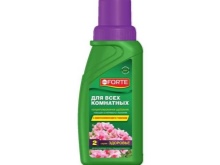
Watering
Cyclamen is a plant that loves water, but only settled and at room temperature or slightly below room temperature, however, an excess of it must be avoided. The frequency of watering depends on the phase in which the alpine violet is found. During flowering, regular abundant soil moisture is required., but you need to make sure that water does not get on the tubers - this will provoke their rotting. Also, you cannot water the plant from above - shoots and buds must remain dry. Moisten the soil closer to the edge of the pot. It is best to use a pallet.
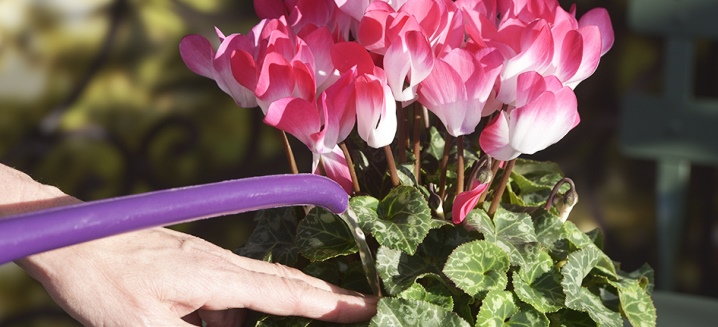
After the alpine violet has faded, watering should be reduced, but the soil should not be allowed to remain dry for a long time.
To grow cyclamen and make it bloom in winter at home, you just need to fulfill all of the above requirements for maintaining and caring for it. But it is also required to regularly inspect the flower so as not to miss the moment if the plant suddenly gets sick.
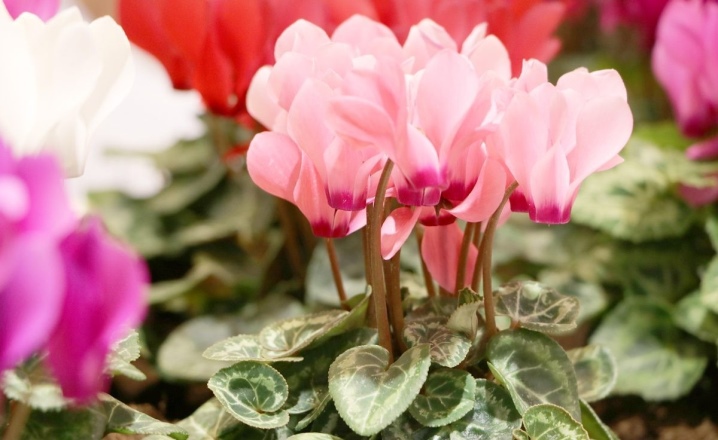
Disease and pest control
Cyclamen is susceptible to fungal diseases and some types of pests.
Diseases
- Gray rot. This ailment arises from an excess of moisture and from low temperatures. Excessive watering or too abundant feeding can lead to its appearance. It is possible to determine that a plant is infected with this fungus by a gray bloom on the shoots and flowers. The leaves begin to turn yellow, dry and fall off, and dark soft areas appear on the stems and peduncles, which, if the plant is not treated, becomes more and more and the risk of cyclamen death increases.
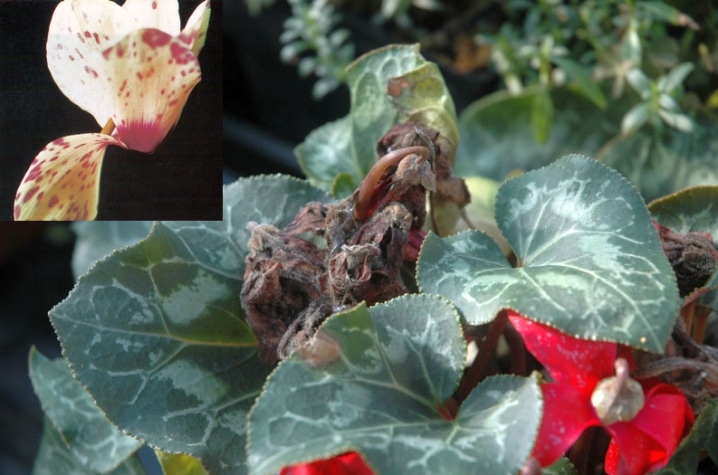
As soon as gray rot is detected, it is necessary to get rid of the places already affected by the fungus, and then treat the plant with any fungicidal preparation, for example, Fundazol. It is also advisable to transplant it into new soil. To prevent re-infection with the fungus, you need to reduce the frequency of watering and spraying, put the cyclamen pot in a warmer place and organize regular ventilation.
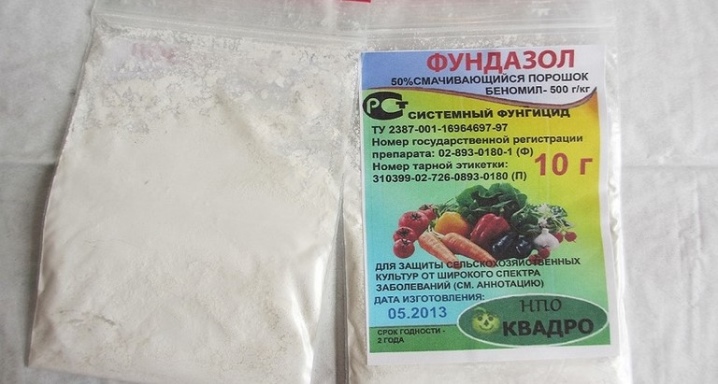
- Wet rot. Refers to incurable bacterial diseases - if a flower is struck by wet rot, then it must be destroyed so as not to infect other indoor plants.
Symptoms of the disease: cyclamen begins to dry abruptly, the leaves weaken and droop, and all this is accompanied by an unpleasant odor that comes from rotting roots and tubers. The plant can become infected through water or after contact with another diseased flower.
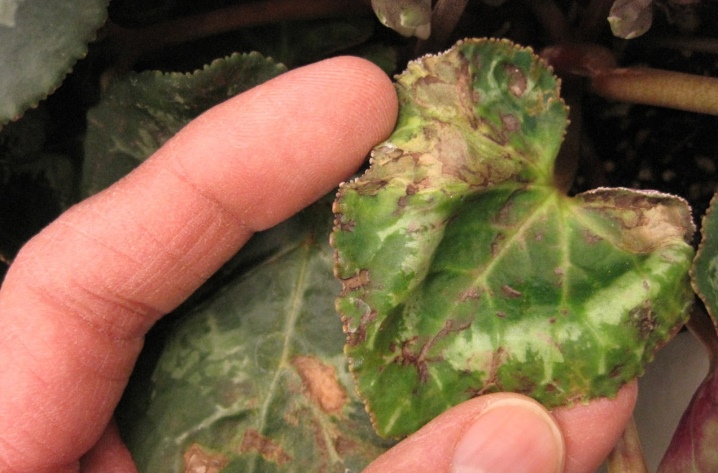
- Root rot. Cyclamens planted outdoors are most susceptible to this disease. It is problematic to disinfect garden soil, so there may be pathogens of various fungi, including root rot. This fungus damages the roots, which begin to darken and rot in some places, because of this, the transit of nutrients to the outer part of the plant stops and the leaves become pale, losing color.
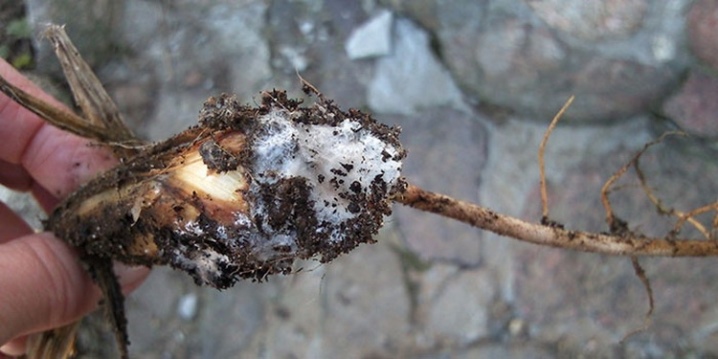
- Anthracnose... This fungus causes the greatest harm to cyclamen at the time of flowering, although it can appear much earlier, it is simply difficult to detect it. The disease can only be determined when the plant produces flower stalks. They grow with a curved stem and their tops often look withered. From the peduncles, the infection spreads to the leaves, which begin to curl, dry and, eventually, fall off.
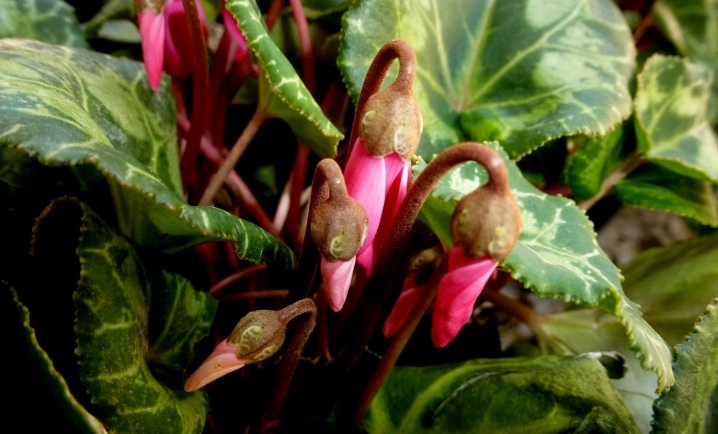
The cause of the appearance of the fungus is most often high humidity, therefore, after getting rid of the plant from anthracnose, it must be lowered. Treatment of a sick cyclamen is simple: removal of damaged areas and treatment of the flower with a fungicidal preparation, preferably 2 times.
- Fusarium or fusarium wilting. This is a serious fungal disease that begins with an infection of the roots. The fungus infects the bulb and gradually clogs all the vessels and tissues of the plant. Externally, Fusarium is manifested in yellowing and wilting of leaves, most often their upper part, due to which the cyclamen becomes incapable of flowering.
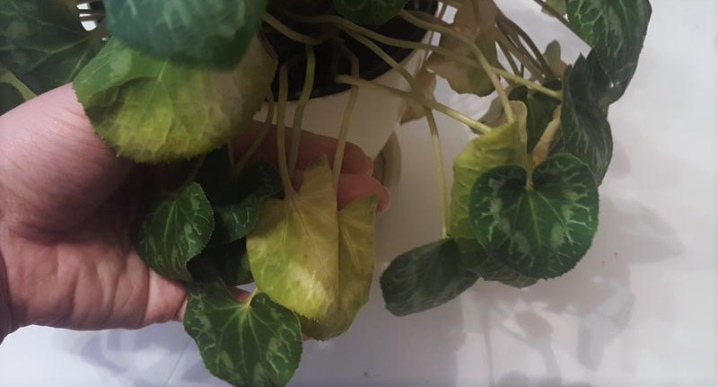
The plant is very difficult to cure from this fungus, but you can try to do it. It is necessary to water the root system with a 0.1% solution Fundazola and treat the visible part of the flower with the drug Topsin-M (also 0.1%).
- Sooty fungus. The disease occurs on the secretions that aphids leave. The main danger of such a fungus is that it blocks the plant's access to sunlight, which is why the cyclamen begins to dry and wither, its growth stops. It is not difficult to stop this process. You must first wipe the flower with a wet sponge or rag, and then treat it with soapy water with the addition of copper sulfate (10 grams per 1 liter of water). Additionally, you can carry out a fungicidal treatment.

- Yellowing of the leaves most often occurs for two reasons. The soil may be too dry and then it is necessary to increase the frequency of watering, but to reasonable limits, so that the roots do not start to rot.The second most likely cause of withered leaves may be a high air temperature in the room in which the cyclamen is located, or an excess of sun. In this case, you need to rearrange the flower in a cooler, but lighter area of the house or apartment.
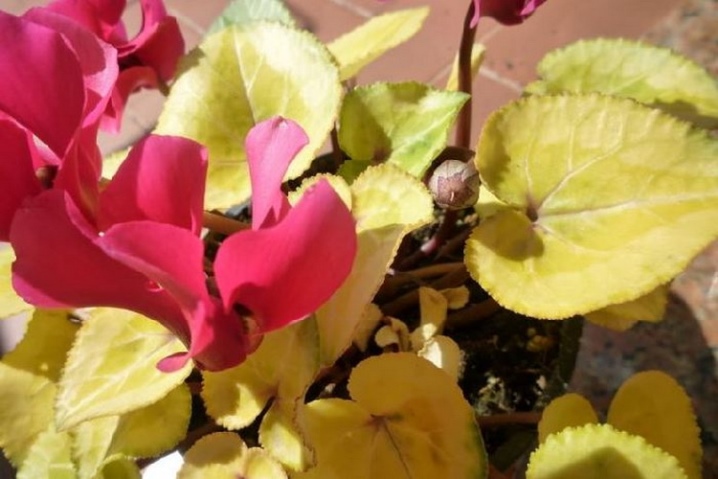
However, if the yellowing began after the cyclamen faded, then you should not panic. Preparing for sleep, the plant sheds not only petals, but also leaves, which wither before that.
- Rotting petioles, leaves and roots can provoke waterlogged soil, as well as the ingress of water when watering on shoots and flowers. To remedy the situation, it is necessary to reduce the number of irrigations and improve the drainage system.
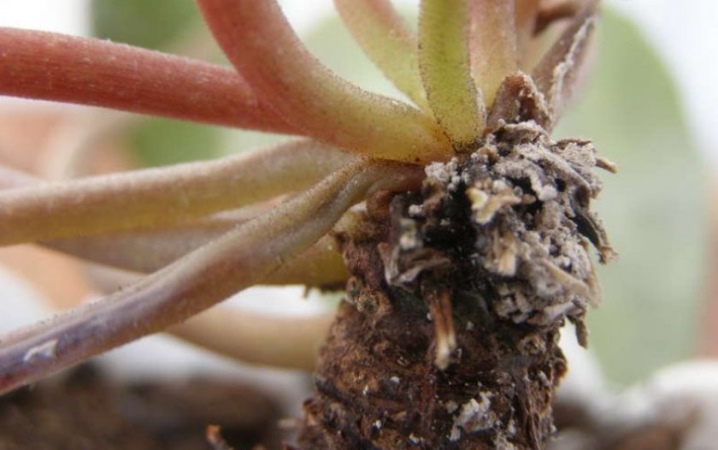
Pests
- Cyclamen mite. For cyclamen, this pest is the most dangerous - it is no coincidence that it is named after a flower. The insect is microscopic in size, about 0.1 mm. An accumulation of many cyclamen mites looks like gray dust. The pest settles on the leaves, feeding on their life-giving sap. From his activity, the leaves begin to curl, and the flowers wither and fall off. Cyclamen growth stops.
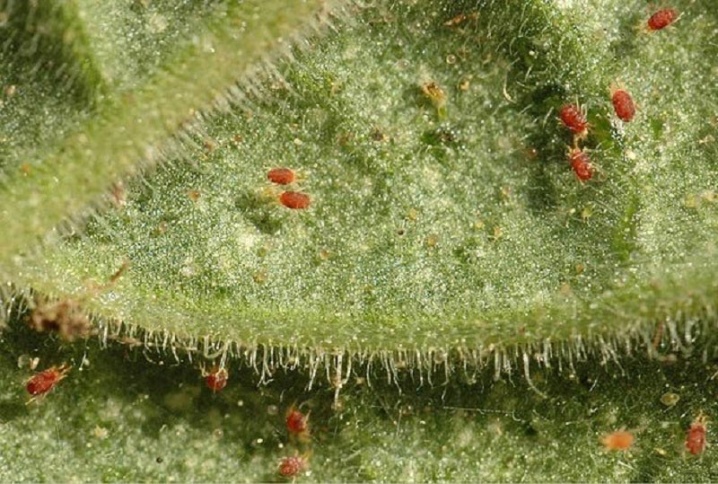
If the pest is detected in the early stages, then the plant can be saved by removing all affected shoots and spraying it Fitoverm or another insecticide. The later you start fighting the cyclamen tick, the less chances that the plant will survive.
- Aphid... You can identify the pest by sticky whitish secretions on the leaves, which begin to wrap inward, losing their plant sap - and the aphid feeds on it.
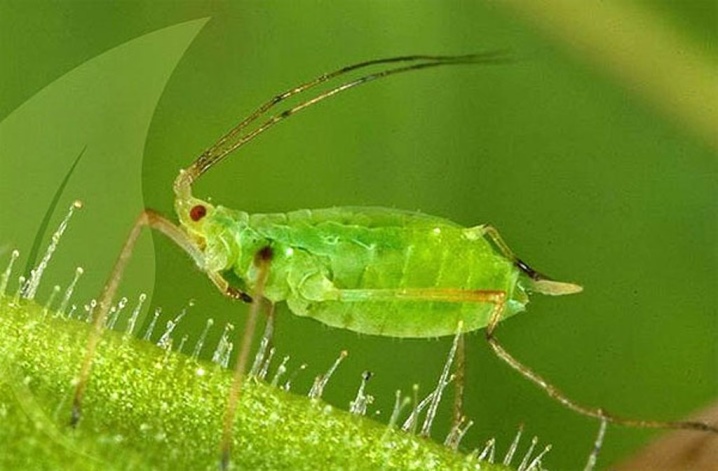
This insect attacks, as a rule, weakened plants. You can cope with it at the initial stage with the help of an ordinary soap solution, but if this method does not help, then it is worth resorting to insecticidal treatment, for example, with a drug Actellik.
- Thrips... Another pest, which is also a carrier of viruses, so you need to get rid of it as soon as possible. Thrips are insects up to 2 mm in length, which also choose leaves as a place of residence and laying eggs, sucking out nutritious juices from them, which causes twisting of leaves and curvature of stems and peduncles. You can determine the presence of thrips by a silvery bloom. And to get rid of them - with the help of insecticidal preparations.

In addition to the aforementioned pests, spider mites, scale insects and other insects can also "take a fancy" to cyclamen. The main way to deal with them is chemical treatment.
Dormant period
After a long flowering, cyclamen needs rest and recuperation. For most species, this period occurs in mid-spring - early autumn.
Withered flowers must be removed along with the peduncle on which they sit. The plant must also be removed from yellowed leaves by gently pinching them off as they dry.

During the sleep phase, cyclamen does not need to be supplied with fertilizers.... As for watering, it should be rare - only 2 times a month so that the earth does not dry out. During rest, the plant can be placed on a balcony or loggia, or regularly ventilated.
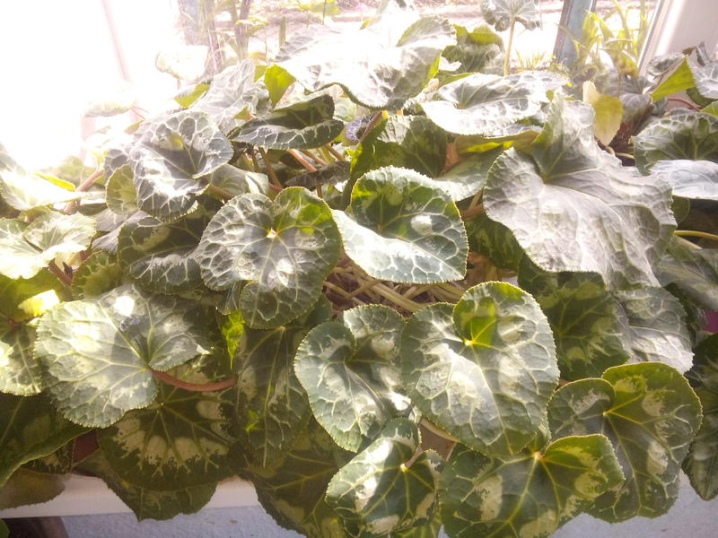
When the flower begins to awaken, watering becomes more frequent and the conditions necessary for favorable growth and flowering are provided.
Reproduction
There are 3 ways of reproduction of cyclamen: seeds, vegetative ("kids") and dividing the tuber. Let's talk about each of them.
Seminal
The method of obtaining new plants from seeds is the most reliable, however, individuals grown in this way will begin to bloom only after 1 year. This breeding option can be used for all types of alpine violets of any age.
The seeds can be purchased at the store, but it is better to get them at home by artificial cross-pollination: transfer pollen from the stamen of one flower to the pistil of another. Such seeds take root better than purchased ones, and give more shoots. The pollination procedure may have to be done more than once to get the desired result.
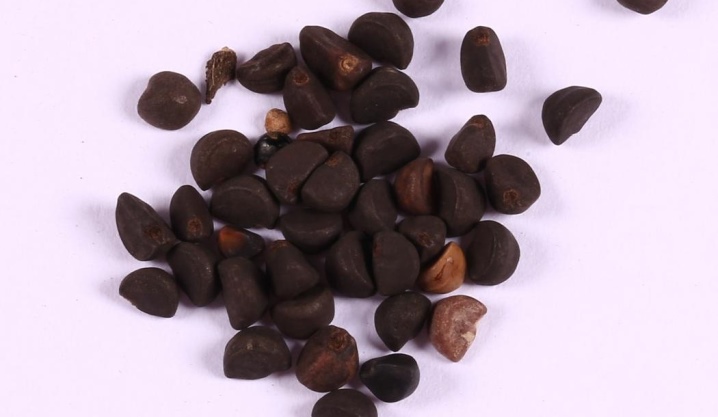
Next, you need to select seeds suitable for planting. To do this, soak them in a 5% sugar solution and wait. Those that "drowned" can be safely used as planting material. The grains on the surface are not suitable for this purpose.
Before planting, the seeds must be soaked in a solution of "Cyclamen" or any other biostimulant for 24 hours.
As a soil, you can use soil with peat, which must be pre-moistened. The seeds are planted to a depth of 5 mm. Sprinkle them on top with a layer of sand. Then cover with a film, preferably dark in color, and put in a shady place. In order for seedlings to appear, a complete absence of sunlight is necessary. However, at the same time, the air temperature should be at least 18 degrees and not higher than 20. In the first case, the sprouts can rot from an excess of moisture, and in the second, they fall into a state of dormancy, and then the seedlings will have to wait for a very long time.

Every day, containers with seeds need to be opened and ventilated, as well as periodically watered.
If all conditions are met, the sprouts will appear in 1-1.5 months. Then the film is removed, and the temperature is lowered to 16 degrees, it is also recommended to put the seedlings in a more illuminated place.
Seedlings dive after 2-3 leaves grow on them - this will mean that the root system has grown stronger and the young plant is ready for transplantation into a separate container. As such, it is best to use plastic cups, having made drainage holes in their bottom.
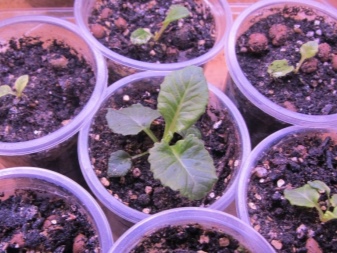
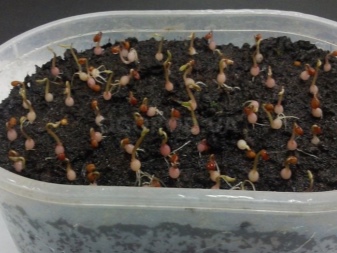
After transplanting the grown plants into moist soil, it is necessary to organize them regular watering, feeding and a suitable light and temperature regime. Then they will begin to grow actively, and after 12 months they will bloom.
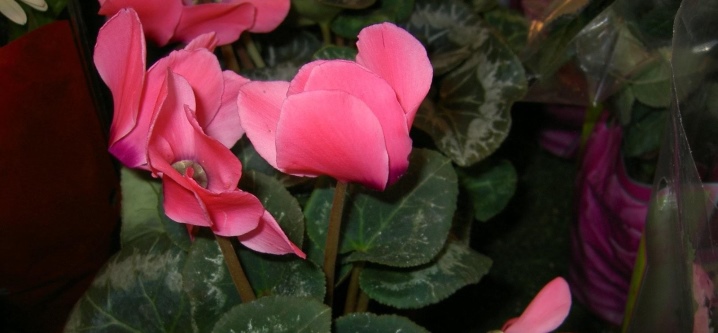
Tuber division
This breeding method is only suitable for adult specimens that have reached 7 years of age. And it is performed exclusively during the dormant period, when the plant rests after flowering. The procedure for dividing the tuber must be done very competently and carefully, since there is a high risk of ruining the cyclamen if the "growth point", which is located at the top of the tuber, is damaged.
- The plant is dug up, the remnants of the earth are shaken off the roots and dried.
- The tuber is cut with a knife into several parts, each of which should include a bud and roots. It is important not to touch the growth point.
- Places of cuts are sprinkled with coal or ash and the resulting cuttings are put to dry for two days.
- Each part of the cut tuber is planted in pre-moistened soil and the pot is placed in a dark, cool place.
- Rare watering is organized.
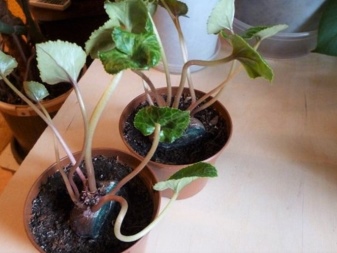
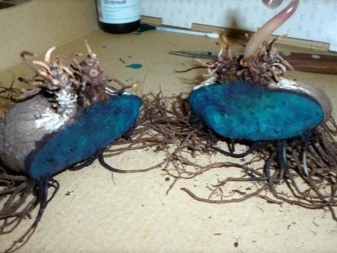
Vegetative
Only European cyclamen can be propagated in this way, so it is not very often used.
Small daughter tubers grow around the adult. They must be separated from the "mother", having previously dug her out of the pot, and then transplanted "daughters" into separate containers filled with soil for adult plants. It is better to perform this procedure during cyclamen transplantation.
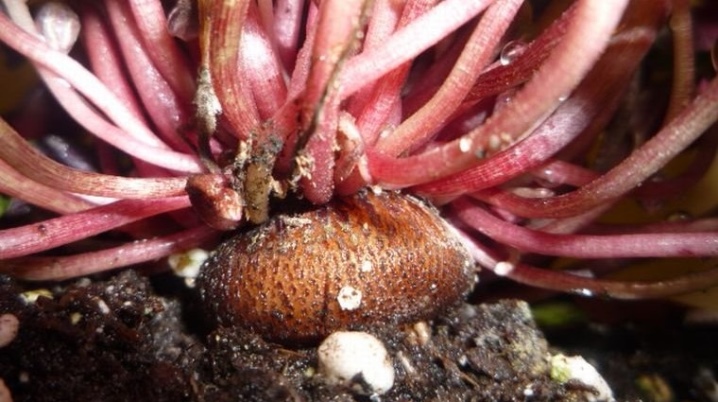
Reviews
People who keep or once kept a cyclamen write that this is a very beautiful, but capricious and demanding houseplant in care. It looks most attractive during the flowering period, which is most often very abundant - one specimen can produce up to 70 buds. They especially note the fact that the appearance of flowers most often occurs in the winter, when there is not enough bright colors - they are brought in by the wonderful and fragrant cyclamen that has blossomed on your windowsill.

However, this flower requires increased attention to itself and compliance with all the nuances of care, otherwise there is a high risk of its death. In general, a beautiful, but difficult to maintain plant - this is how you can summarize almost all the reviews of amateur flower growers.
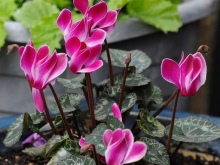
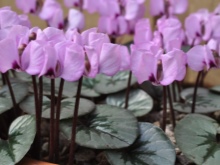
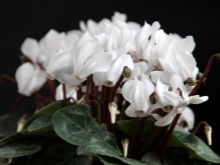
If you are ready to devote time to cyclamen and follow all the recommendations for caring for it, then the plant will thank you for its magnificent appearance and long bright flowering.
For the secrets of caring for cyclamen, see the video below.







































































































The comment was sent successfully.